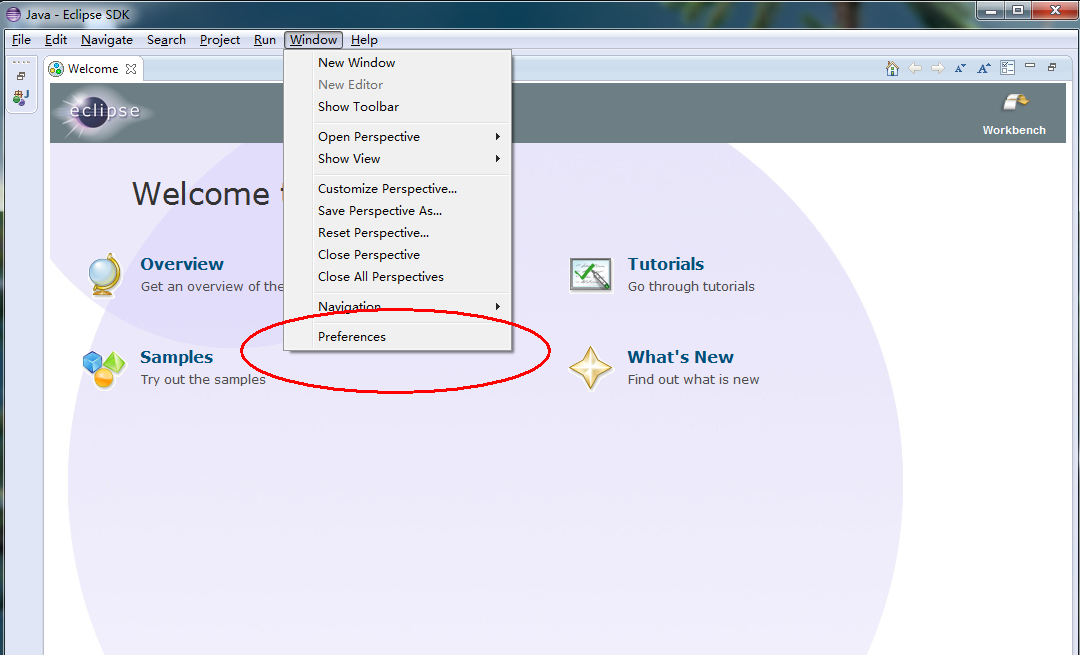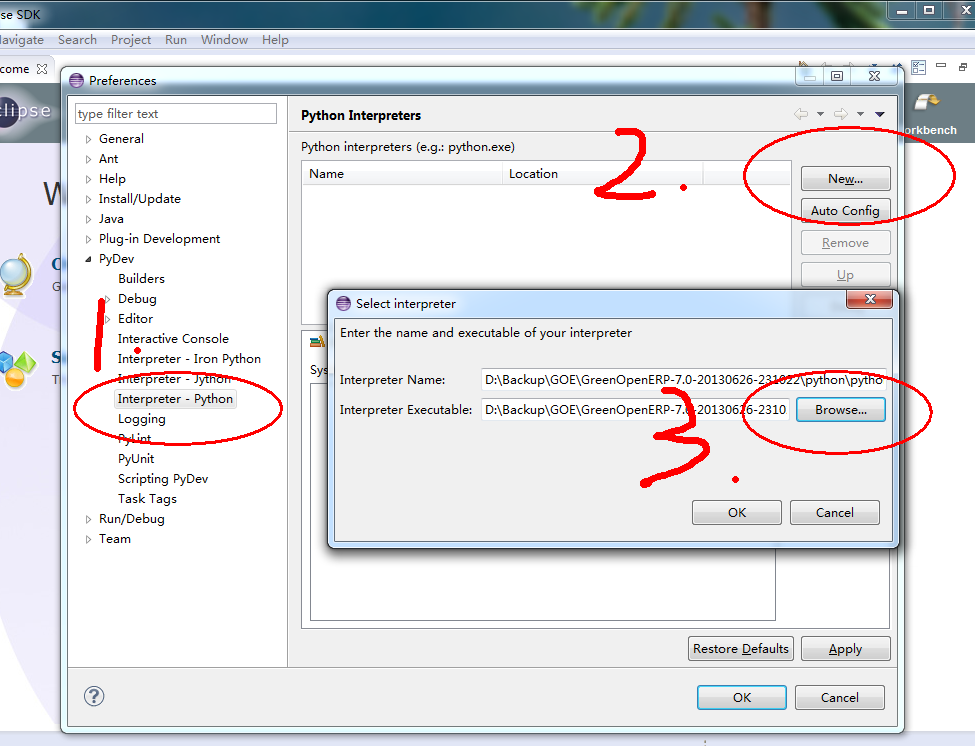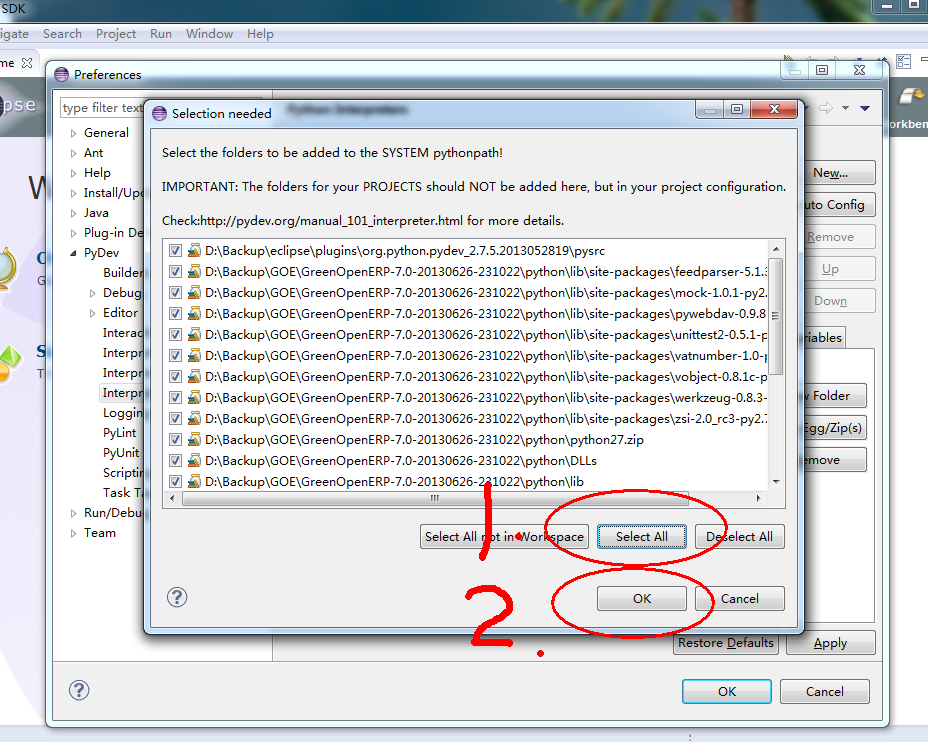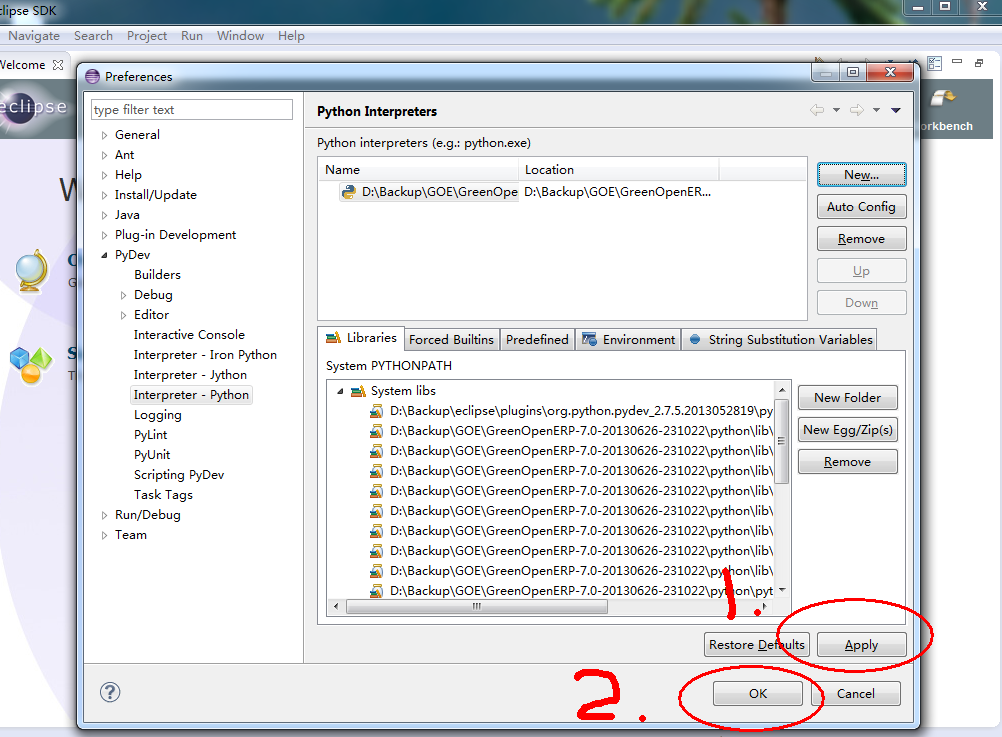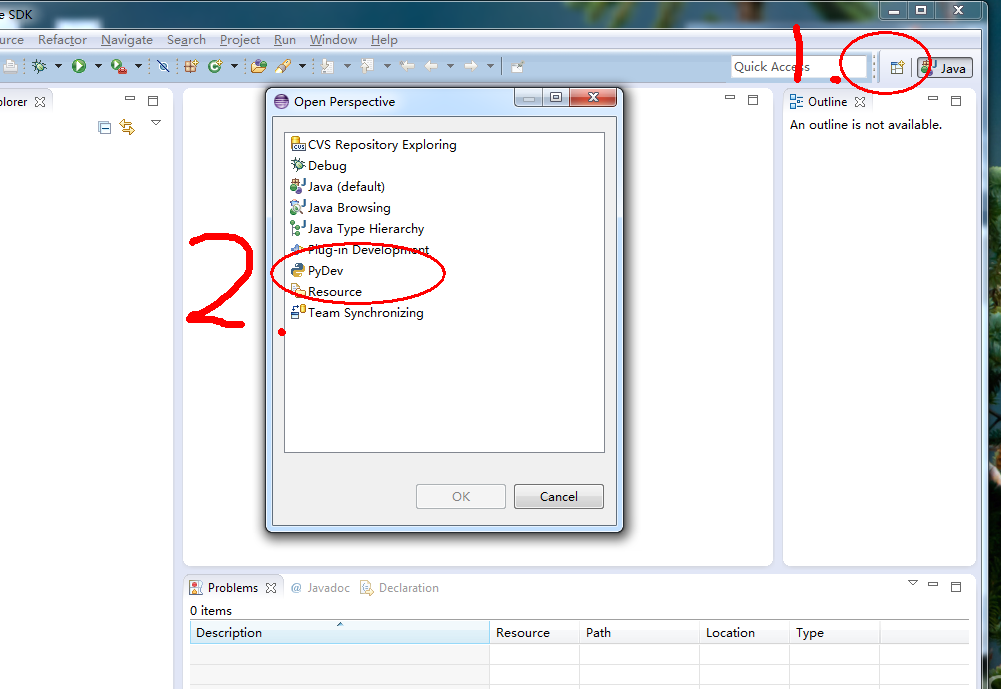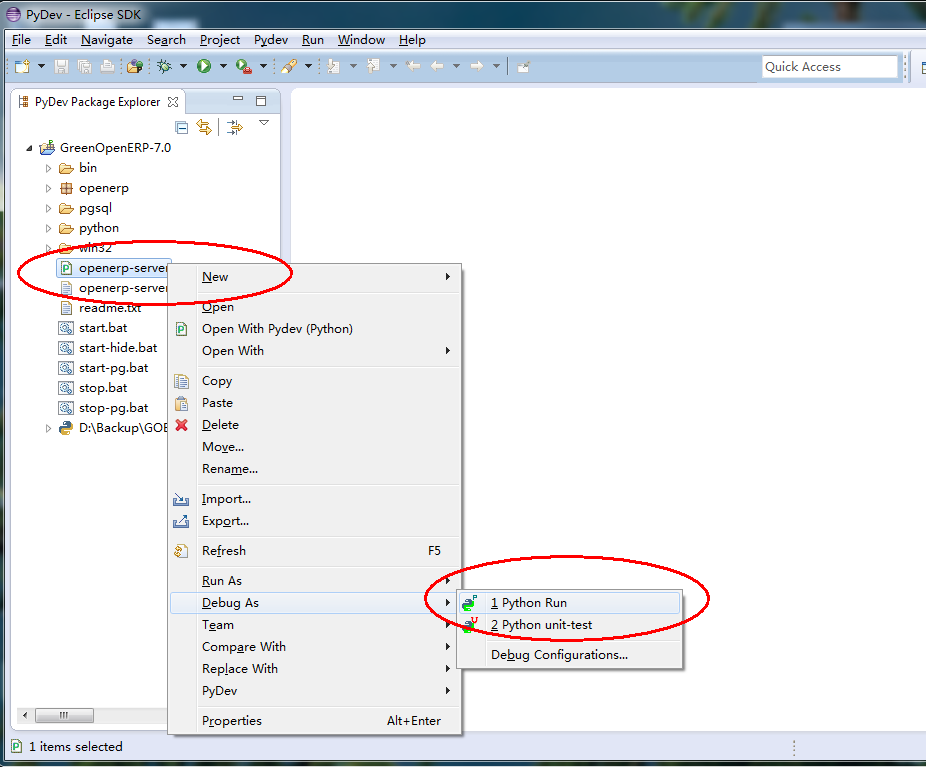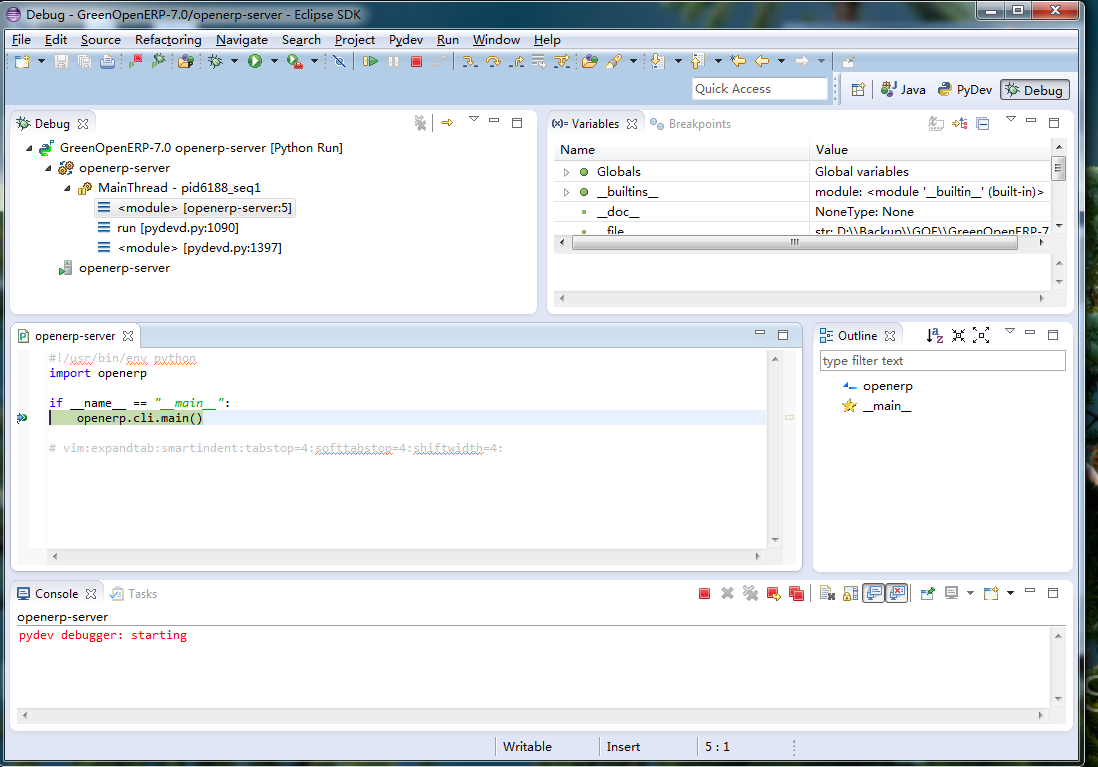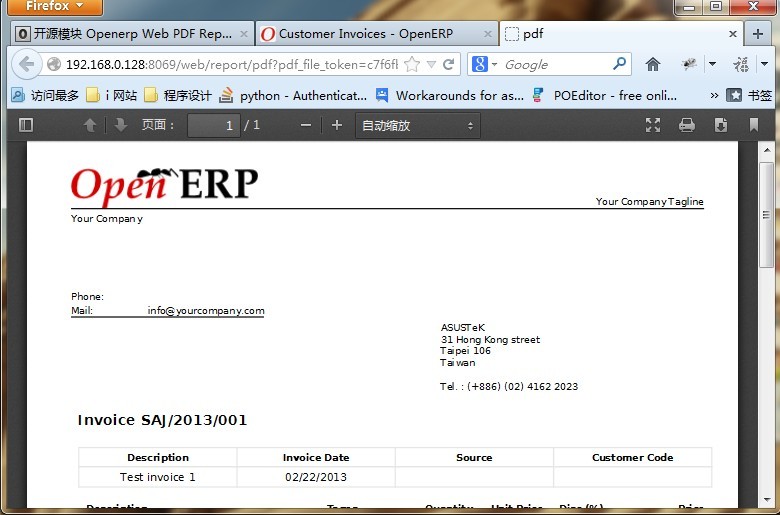1
2
3
4
5
6
7
8
9
10
11
12
13
14
15
16
17
18
19
20
21
22
23
24
25
26
27
28
29
30
31
32
33
34
35
36
37
38
39
40
41
42
43
44
45
46
47
48
49
50
51
52
53
54
55
56
| # STEP 1: LOAD BASE (must be done before module dependencies can be computed for later steps)
graph = openerp.modules.graph.Graph()
graph.add_module(cr, 'base', force)
if not graph:
_logger.critical('module base cannot be loaded! (hint: verify addons-path)')
raise osv.osv.except_osv(_('Could not load base module'), _('module base cannot be loaded! (hint: verify addons-path)'))
# processed_modules: for cleanup step after install
# loaded_modules: to avoid double loading
report = pool._assertion_report
loaded_modules, processed_modules = load_module_graph(cr, graph, status, perform_checks=update_module, report=report)
if tools.config['load_language']:
for lang in tools.config['load_language'].split(','):
tools.load_language(cr, lang)
# STEP 2: Mark other modules to be loaded/updated
if update_module:
modobj = pool.get('ir.module.module')
if ('base' in tools.config['init']) or ('base' in tools.config['update']):
_logger.info('updating modules list')
modobj.update_list(cr, SUPERUSER_ID)
_check_module_names(cr, itertools.chain(tools.config['init'].keys(), tools.config['update'].keys()))
mods = [k for k in tools.config['init'] if tools.config['init'][k]]
if mods:
ids = modobj.search(cr, SUPERUSER_ID, ['&', ('state', '=', 'uninstalled'), ('name', 'in', mods)])
if ids:
modobj.button_install(cr, SUPERUSER_ID, ids)
mods = [k for k in tools.config['update'] if tools.config['update'][k]]
if mods:
ids = modobj.search(cr, SUPERUSER_ID, ['&', ('state', '=', 'installed'), ('name', 'in', mods)])
if ids:
modobj.button_upgrade(cr, SUPERUSER_ID, ids)
cr.execute("update ir_module_module set state=%s where name=%s", ('installed', 'base'))
# STEP 3: Load marked modules (skipping base which was done in STEP 1)
# IMPORTANT: this is done in two parts, first loading all installed or
# partially installed modules (i.e. installed/to upgrade), to
# offer a consistent system to the second part: installing
# newly selected modules.
# We include the modules 'to remove' in the first step, because
# they are part of the "currently installed" modules. They will
# be dropped in STEP 6 later, before restarting the loading
# process.
states_to_load = ['installed', 'to upgrade', 'to remove']
processed = load_marked_modules(cr, graph, states_to_load, force, status, report, loaded_modules, update_module)
processed_modules.extend(processed)
if update_module:
states_to_load = ['to install']
processed = load_marked_modules(cr, graph, states_to_load, force, status, report, loaded_modules, update_module)
processed_modules.extend(processed)
|
